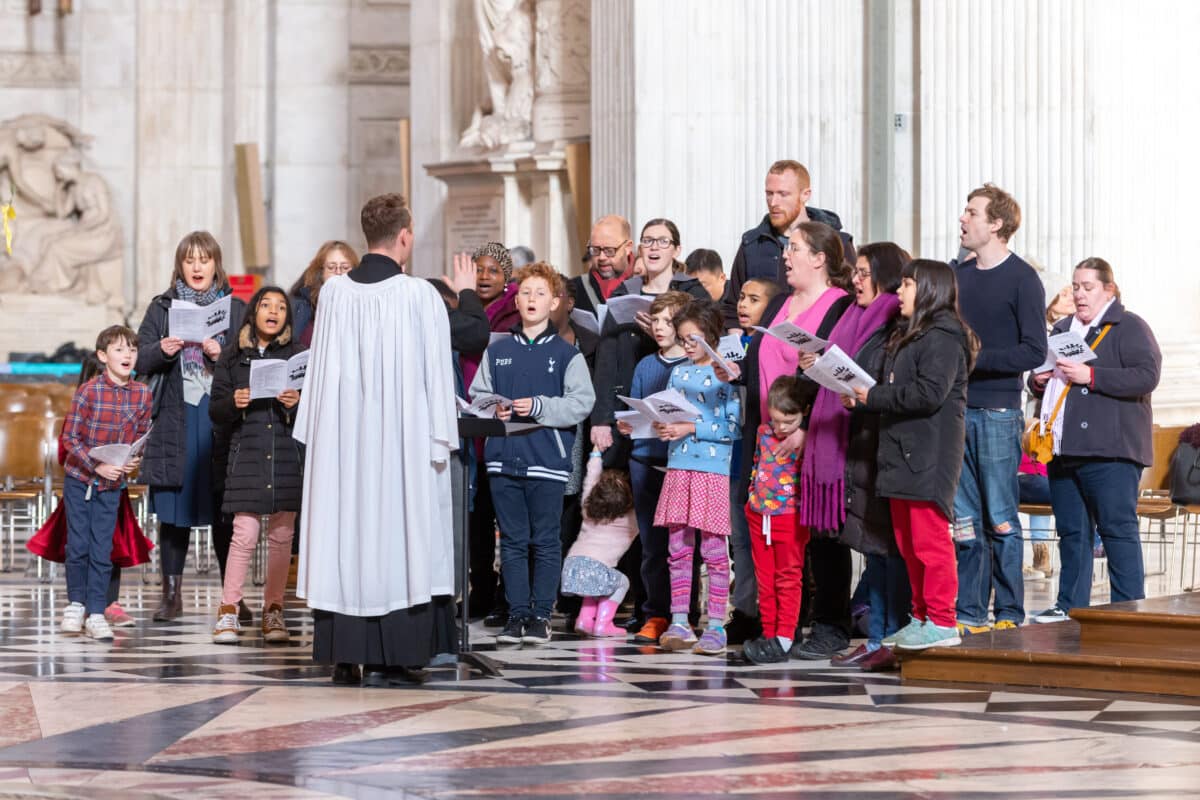Those appearing in film or photography in your church will need to have given consent, as religion is a protected feature under Data Protection and UK/EU GDPR.
When don't you need consent?
If no one from your congregation will be identifiable during filming or photography then you don’t need to gain consent (eg. if the photo just shows the back of peoples heads).
Permissions for adults
A photo release form (template below) can be signed by adults and must include all the places that the photo or video may be used by the church. Regular attendees at the church need to only sign this once but it should be refreshed regularly, such as every three years. However, new visitors should be asked before the service or event begins.
Permissions for children
Videos or photos containing children (under the age of 16) may be used by the church if consent has been given by their parent or guardian, following the same guidelines as above.
If permission has not been given, it can be helpful to identify these people by using a simple paper wristband, or by asking them to sit in the photo and video free zone.
Prepare ahead for filming in your church building
Tell your community your plans for filming and send out the photo release forms to your email list, WhatsApp groups, or Facebook groups – anywhere your community can see it – so they are ready. Have spare copies with you on the day for anyone who has not yet signed. Remember, your regular attendees only need to sign this once every three years.
Create photo and video free zones
Those who do not give consent to be in a video or photo do not need to sign the consent form. Create a safe space within your church building where they may sit. This could be a side aisle, or a few rows at the back. Simple signs will help identify where this space is, and make sure that those who are filming or taking photos are aware. At the beginning of the service, remind people and give them opportunity to move.
Privacy notice
An updated Privacy Notice Template is provided below. You should add your church’s details and display it somewhere with your church building and on your website so that it can be read before the consent form is signed.
Consent can be withdrawn
This means you will have to delete videos or images of that person. It is more likely that a church would experience members of their community not giving consent than withdrawing it later, however it is wise to be prepared for this to happen. The process of withdrawing consent must be as easy as providing consent.
Read the Safer Environments for Churches guidance from the National Safeguarding Team which covers more on GDPR and safeguarding.
